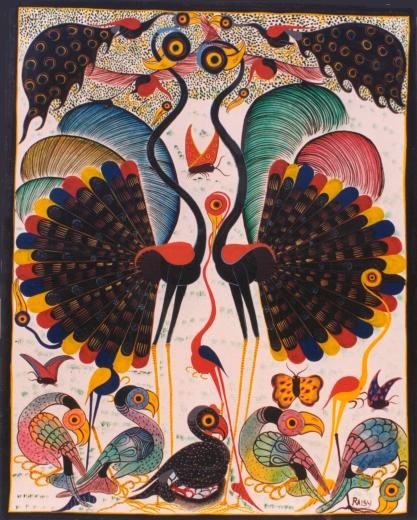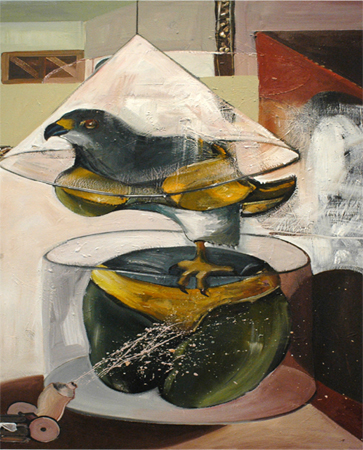The Tingatinga School @ AfricanContemporary.com

I found this website and thought I best bring it to your attention. http://www.africancontemporary.com/ The site has a wonderful Collection of Tanzanian artwork from a school of art, now known as the Tingatinga School. This is an important development in the art of Tanzania. The site has developed an Internet Exhibition that is not only informative but really worth a good look. The Tingatinga School Edward Saidi Tingatinga - (1932-1972) He was the origin of the naive style of painting that later take his name. Tingatinga started in 1968, and although his carrer was ended prematurely in 1972, his style inspired his five students and his followers to establish the Tingatinga school of painters that continues to florish today. This Tingatinga movement constitutes a genuine form of contemporary art, original to Tanzania.Tingatinga short lived as an artist (1968-72) but he triggered the emergence of a growing number of Tanzanian youngsters who claimed this style to be theirs and further dev

